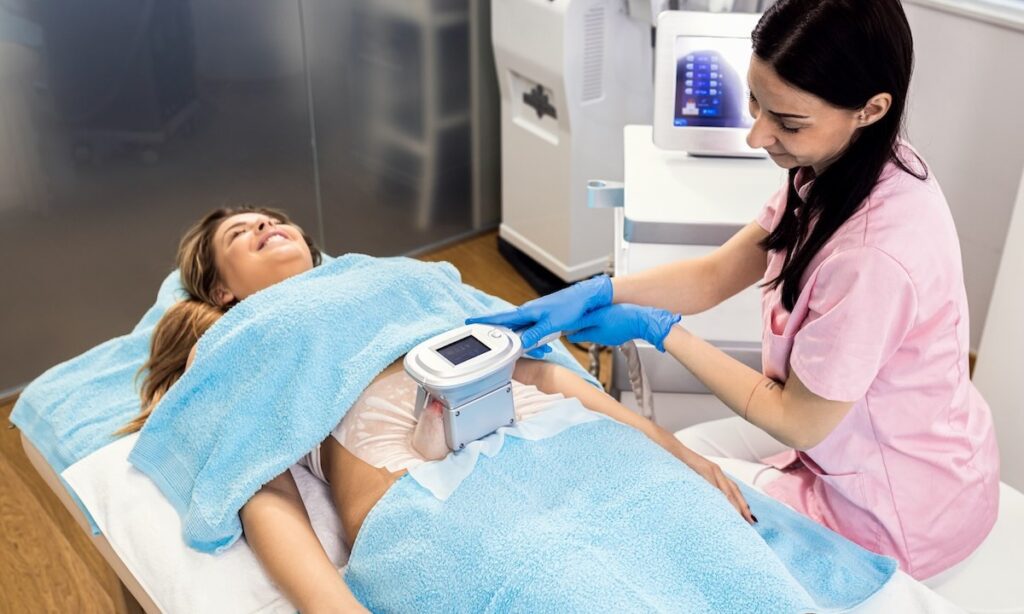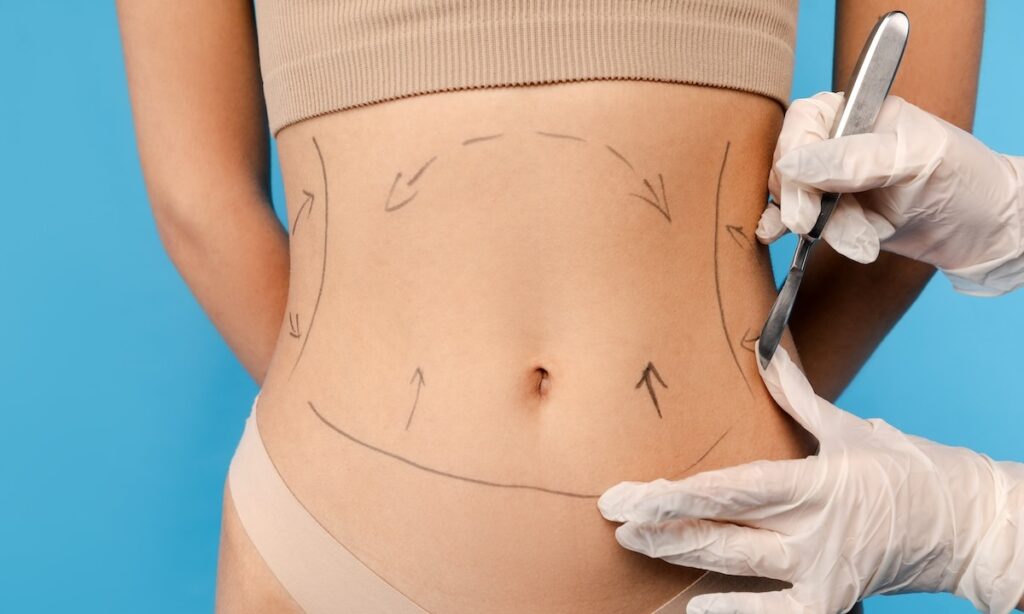When it comes to getting rid of stubborn fat, many people turn to fat-reduction treatments. Two of the more popular options are CoolSculpting® and Liposuction. In this article, we’re going to compare the two to help you decide which one might be right for you. If you’ve ever wondered about CoolSculpting® vs. liposuction and which offers better results, we’ll break it down for you here.
What Is CoolSculpting®?

CoolSculpting® is a non-surgical treatment that freezes fat cells. It causes them to break down and be naturally eliminated by your body. This is a great option for those looking to target specific areas of stubborn fat, like your belly or love handles.
Unlike liposuction, it doesn’t involve surgery, which means there’s no cutting or needles. Sessions are quick, around 35-60 minutes, and you can get back to normal activities right after. CoolSculpting® costs can vary depending on the treatment area.
Possible Side Effects
Like any treatment, CoolSculpting® has a few possible side effects. These can include:
- A pulling or tugging sensation at the treatment site
- Temporary pain, aching, or stinging
- Redness, swelling, or bruising
- Skin sensitivity
Rare side effects include a condition called paradoxical adipose hyperplasia, where fat cells grow instead of shrinking, but this is very uncommon—and more likely to happen in men.
CoolSculpting® Results
After your session, you may start to see visible changes within a few weeks. Full results can take a couple of months to show, as your body continues to eliminate the treated fat. While it isn’t as dramatic as lipo, it’s a great alternative for those looking for a less invasive option with minimal downtime. CoolSculpting® before and after results show that many people see noticeable improvements.
Understanding Liposuction

Liposuction is a surgical procedure that removes fat from specific areas of your body. During the surgery, small incisions are made, and a thin tube (called a cannula) is used to suction out the fat. While it’s more invasive than CoolSculpting®, liposuction can remove larger amounts of fat in one session.
The cost of liposuction typically varies, depending on the areas being treated. It’s a good choice if you’re looking for more significant fat removal.
What Are the Side Effects?
Like any surgery, liposuction comes with some risks and potential side effects. It has more risks than CoolSculpting®, but when done by a skilled surgeon, it’s generally safe. These include:
- Bruising, swelling, or pain
- Numbness or changes in skin sensation
- Infection or bleeding (though rare)
Before and After Lipo
After liposuction, you may need to take some time to recover. Healing time can vary, but most people can get back to normal activities within 1-2 weeks. It’s important to follow your surgeon’s aftercare instructions carefully to ensure the best results. Lipo recovery typically involves wearing compression garments to help your body heal and reduce swelling. Full results can be seen after a few months as your body adjusts.
Your Body, Your Choice: CoolSculpting® or Liposuction

Choosing between these two treatments depends on your goals, budget, and how much downtime you can handle. If you’re looking for a less invasive option with minimal recovery time, CoolSculpting® might be the right choice.
Ultimately, both treatments offer excellent results, but the best choice for you will depend on your personal preferences and needs. When comparing CoolSculpting® vs. liposuction, it’s essential to consider your lifestyle, the recovery process, and the results you’re hoping to achieve. Always consult with a professional to find the right solution for your body.

